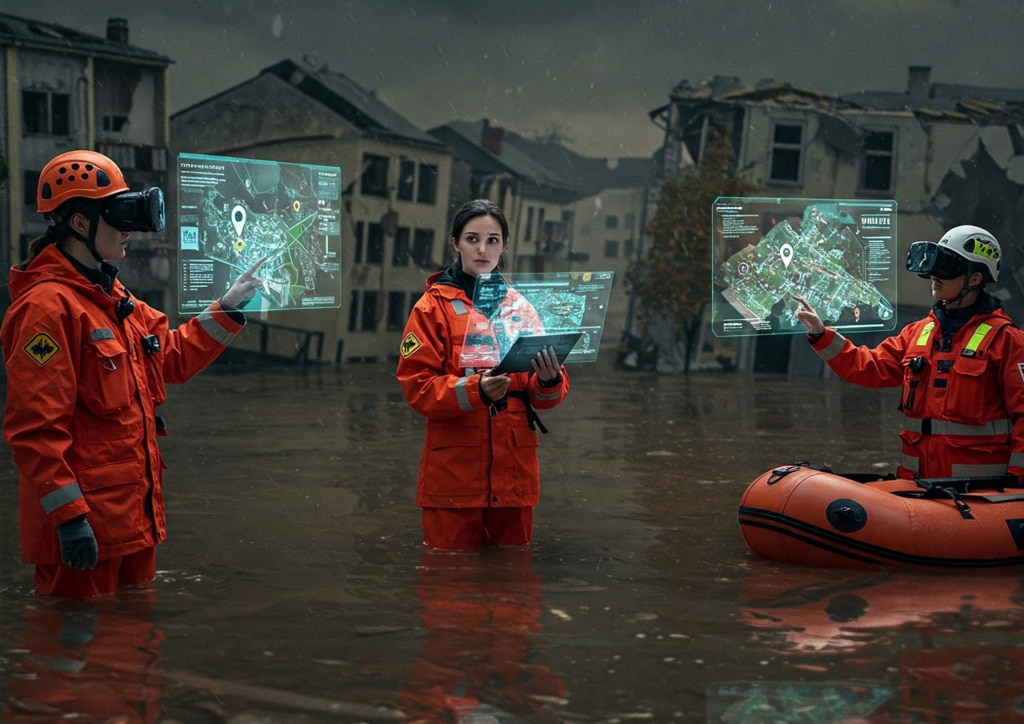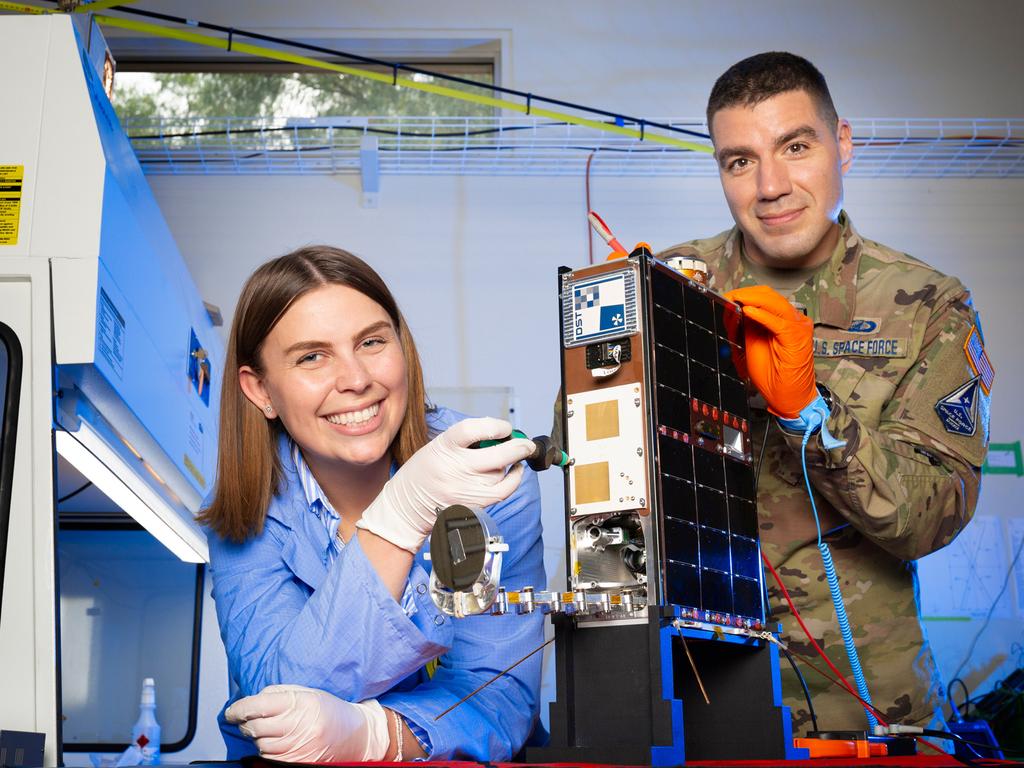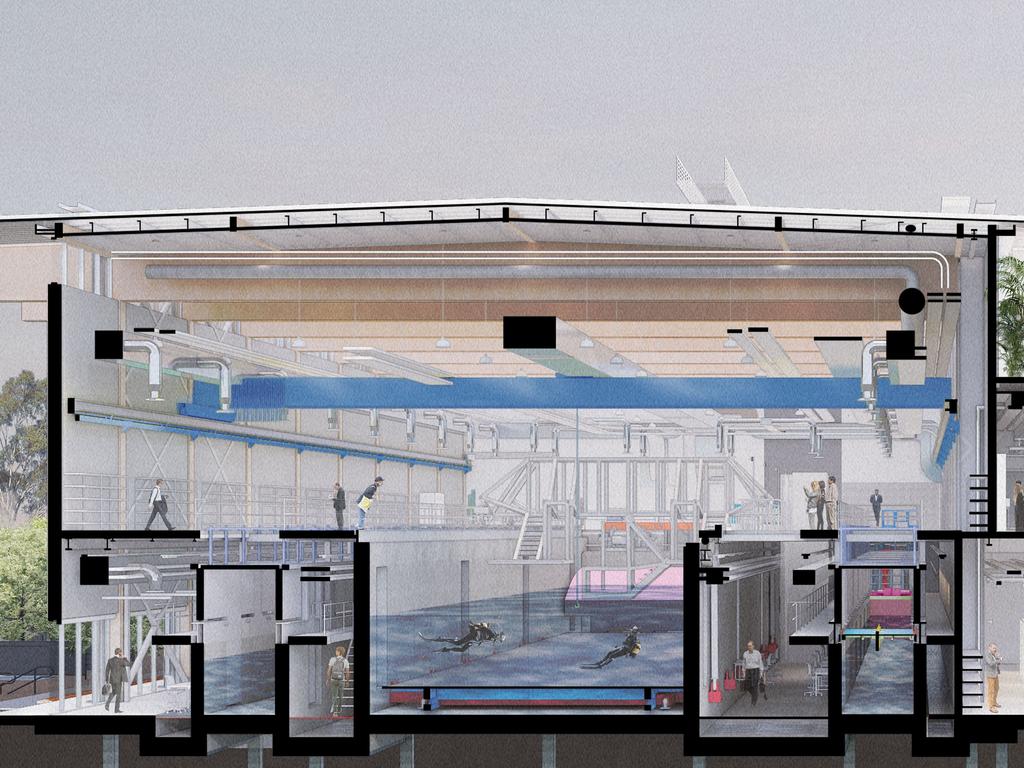
Simulating with AI and digital twins for a secure and resilient future
Traditional methods of simulating and comprehending complex systems are often insufficient in the connection between human population behaviours and physical infrastructure.

Traditional methods of simulating and comprehending complex systems are often insufficient in the connection between human population behaviours and physical infrastructure.

Australia needs ‘clever’ defence systems and equipment to protect the nation’s interests across a huge landmass and expanse of ocean, says Chief Defence Scientist Tanya Monro.

Our security environment is becoming more volatile and the need for collaboration between universities, industry and government is stronger than ever.

R&D that’s relevant now is important, but so is the basic work that may lead to breakthrough capabilities down the track

The Armed Forces and the government need to throw out the old inefficient and expensive way of doing things and think outside the box.

No longer confined to surveillance or reconnaissance, drones are transforming modern warfare and Australia needs to be prepared.

Achieving the Defence aim of ‘speed to capability’ and delivery of ‘minimum viable capability’ requires sufficient test and evaluation, certification and systems assurance

There is an expectation that diplomacy and foreign policy will occupy more of the time of Indonesia’s new president, Prabowo Subianto, than his predecessor. But what does that look like?

Australia’s service personnel are some of the most highly trained and skilled professionals in our nation.

Optus has expanded its practice of recruiting Defence ex-service people to strengthen its ranks, recognising the unique skills and expertise this talent pool provides.

The Integrated Investment Program, announced by the federal government in August, is set to boost Defence spending by a staggering $330bn over the next decade. This is no small feat, and it’s clear that infrastructure is a major focus of the program.

Aside from being the largest in its 43-year history, Exercise Pitch Black 2024 was significant for highlighting the growing strategic focus on stability in the Indo-Asia-Pacific region.

The recent Defence Strategic Review calls for the army to be ‘transformed and optimised for littoral manoeuvre’. One of the key priorities mentioned is a long-range fires capability, including land-based maritime strike.

Space is not a serene sanctuary, it is an operational domain in its own right, which is contested as a result of the growing threat of Chinese and Russian anti-satellite (ASAT) capabilities

A credible warfighting capability only exists when backed by industrial capability and capacity. One could assume politicians, bureaucrats and ADF leaders don’t understand either the role of industry in defence policy, or of Australian industry in the broad.

Australia is enhancing regional maritime security for Pacific Island nations through the Pacific Maritime Security Program (PMSP): a package of capability-building, infrastructure development, sustainment, training, and co-ordination activities.

Supporting large, modern, complex naval platforms is no easy task. Finally, the long-awaited process of developing a second hub – and far larger than Garden Island – in Western Australia is under way.

The trend of building some of our warships locally is set to end with the build of the RAN’s first three General Purpose Frigates (GPFs) in a northern hemisphere shipyard.

Rapid technological change has wrought significant changes in how wars are fought and won. So, DSTG is a party to the reimagining and overhaul of Defence’s capability development and acquisition processes.

US company Anduril, which is better known for developing the Ghost Shark autonomous submarine for the Navy, is one of four companies that will respond to Defence’s request for establishing a rocket motor manufacturing complex in Australia.
Original URL: https://www.theaustralian.com.au/special-reports/defence/page/4